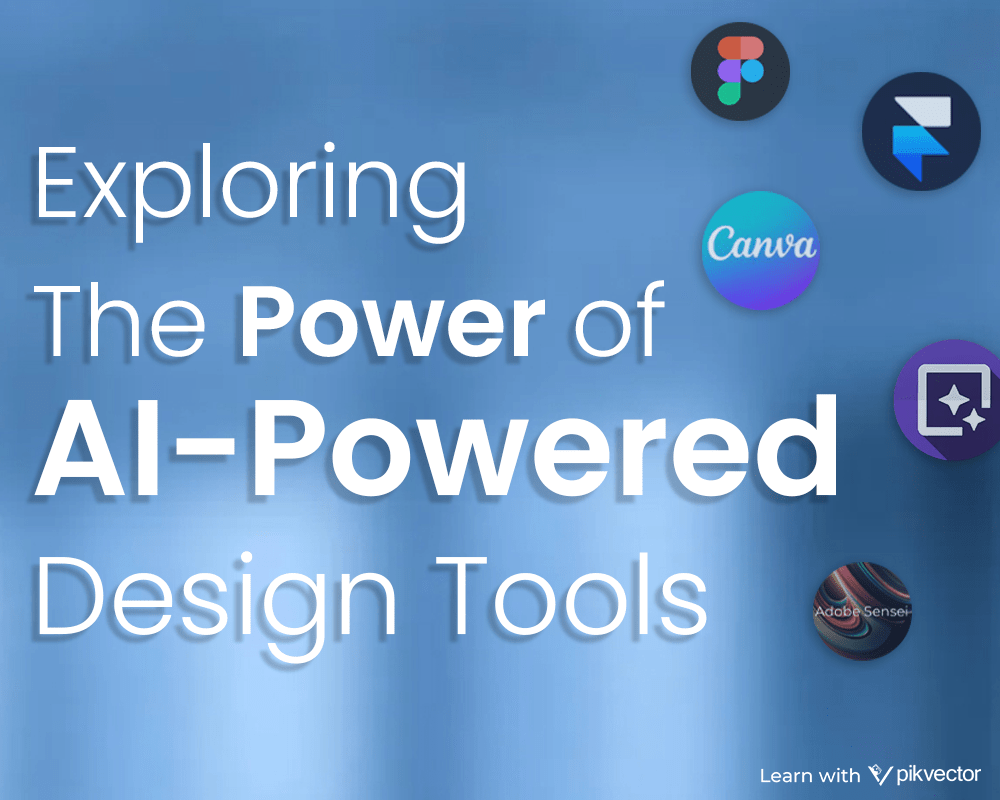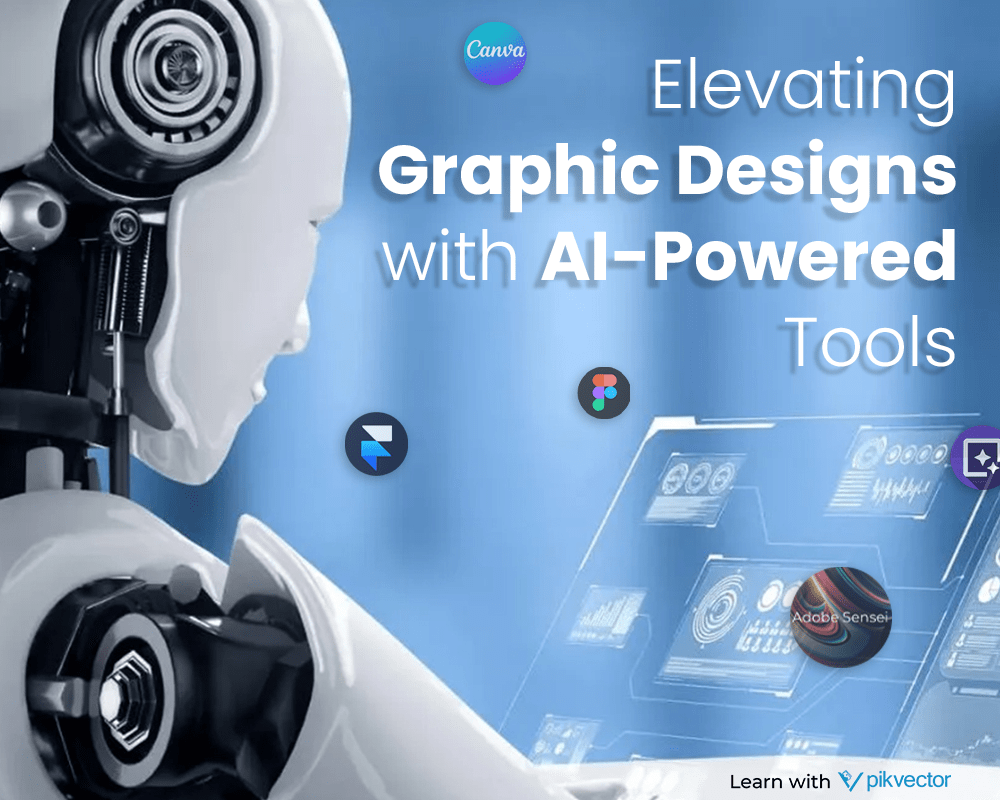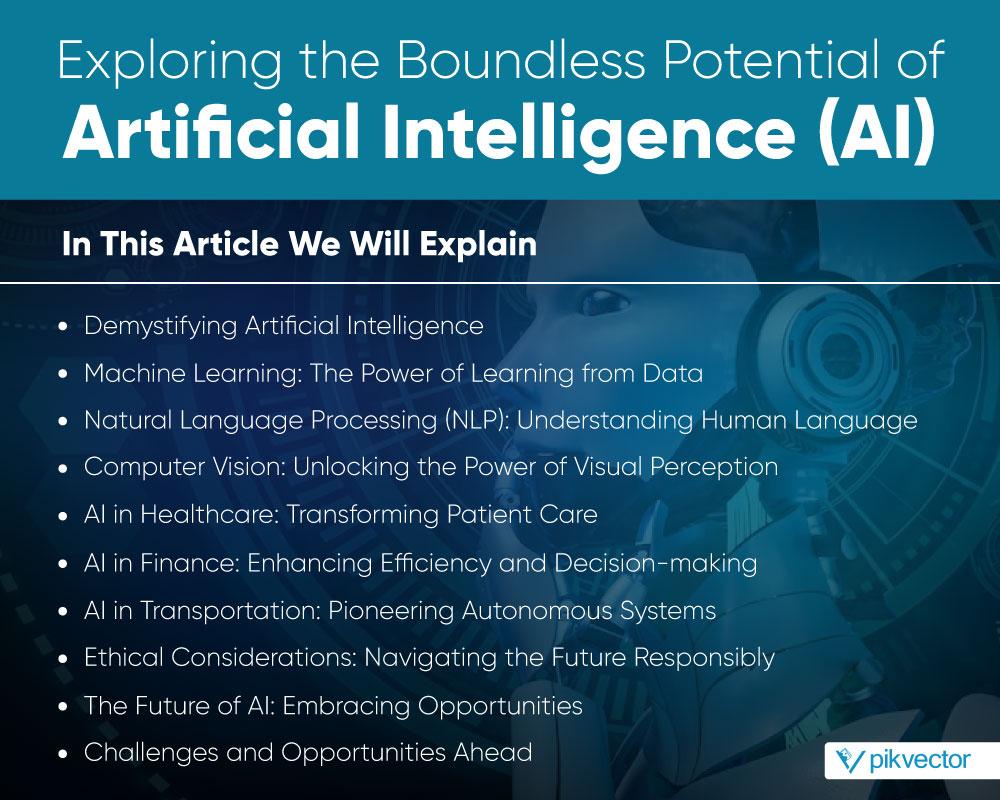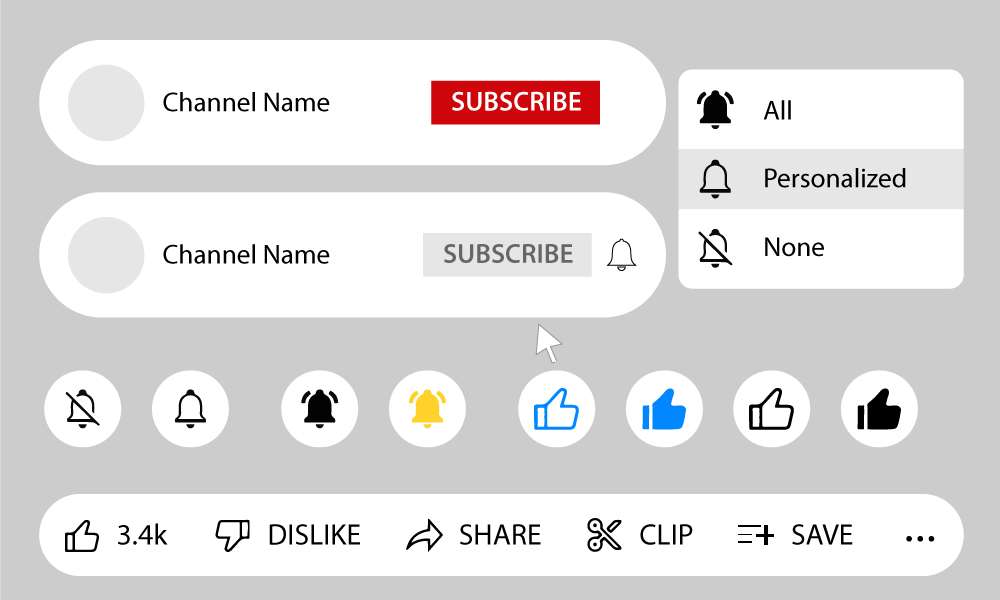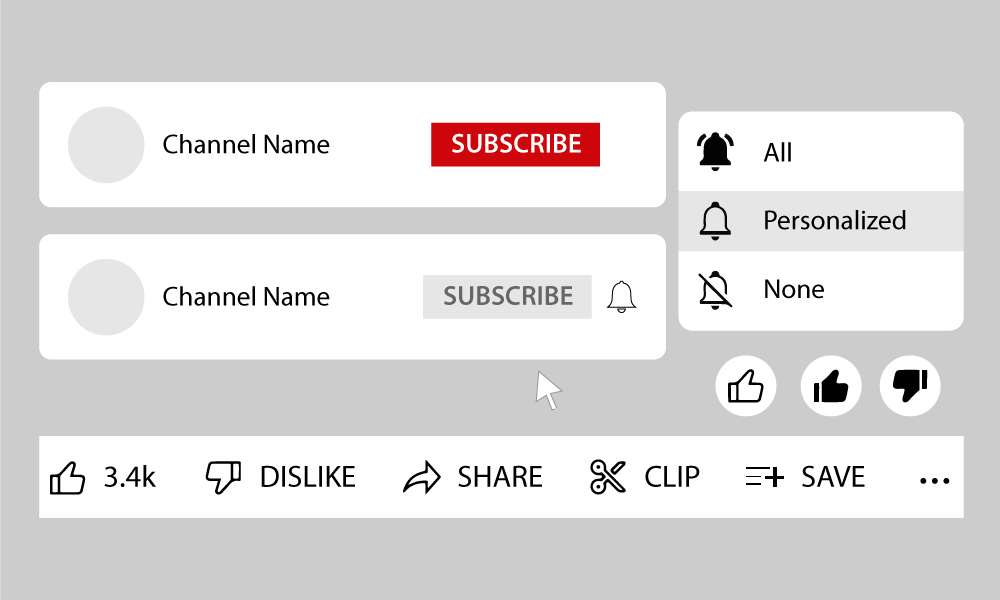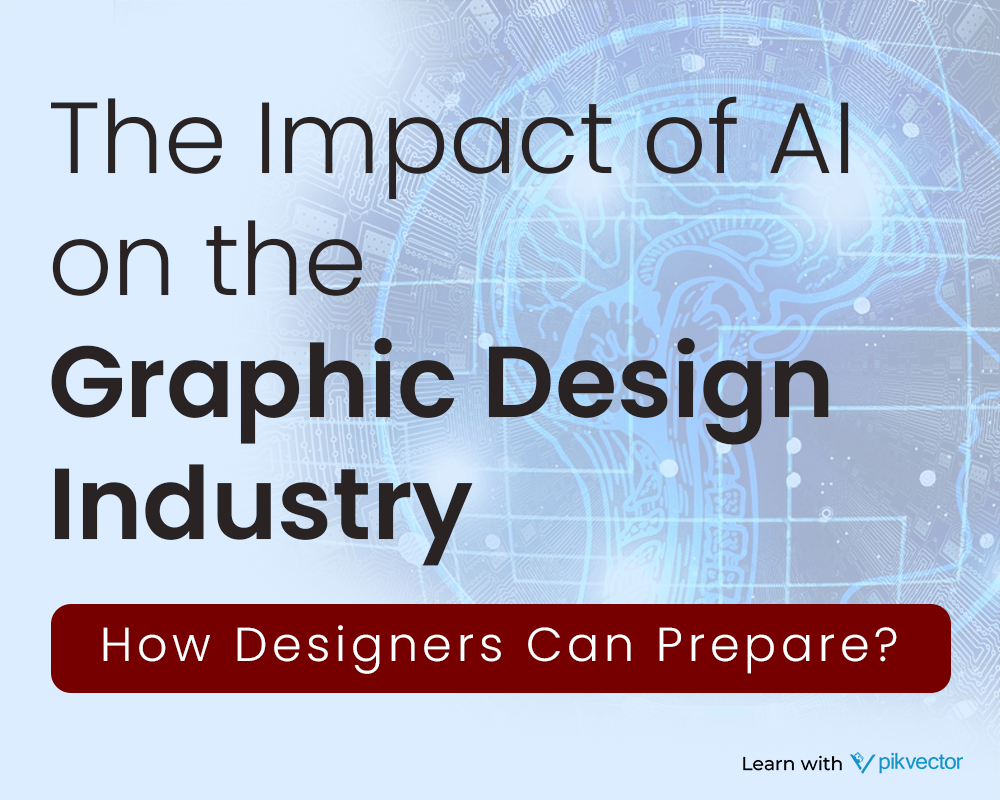
The Impact of AI on the Graphic Design Industry and How Designers Can Prepare
on August 20, 2023by pikvectorIntroduction:
Artificial Intelligence (AI) has emerged as a transformative force, revolutionizing various industries. The graphic design industry is no exception. With its ability to automate tasks, analyze data, and generate creative outputs, AI is reshaping how graphic designers work. In this article, we will explore the impact of AI on graphic design and discuss how designers can prepare themselves to thrive in this evolving landscape.
AI in Graphic Design:
Automated Design Tools: AI-powered design tools can automate repetitive tasks such as resizing images, generating color palettes, and creating layouts. This saves designers time and allows them to focus on more creative and strategic aspects of their work.
Generative Design: AI algorithms can generate design options based on specific inputs and preferences. These algorithms analyze vast amounts of data to create unique and customized visuals, enabling designers to explore new ideas and push the boundaries of creativity.
Image Recognition and Editing: AI-based image recognition technology can analyze and categorize visual content quickly. This allows designers to search for specific images, identify similar visuals, or even automatically remove backgrounds or retouch images with remarkable accuracy.
Enhancing Efficiency and Productivity:
AI-powered tools can significantly improve efficiency and productivity for graphic designers. By automating repetitive tasks, designers can streamline their workflow, allowing more time for ideation, concept development, and refining their creative output. AI also facilitates faster content generation and iteration, helping designers meet tight deadlines without compromising quality.
The Evolving Role of Graphic Designers:
Collaboration with AI: Graphic designers can collaborate with AI tools as creative partners. By leveraging the capabilities of AI, designers can expand their creative potential and explore innovative solutions that were previously unattainable. Embracing AI as a collaborative tool opens new avenues for experimentation and amplifies the designer’s skills.
Creative Direction and Strategy: As AI takes over certain technical aspects of design, graphic designers can shift their focus toward creative direction and strategy. Designers can provide valuable insights, understand the target audience, and curate a brand’s visual identity, leveraging AI as a tool to execute their vision effectively.
Human Touch and Emotional Connection: Despite the advancements in AI, the human touch in design remains essential. Graphic designers can infuse their work with unique perspectives, emotions, and cultural nuances that resonate with audiences on a deeper level. AI can assist in the creative process, but it is the designer’s expertise in storytelling and visual communication that brings meaning and emotion to the design.
Adapting to the AI-powered Future:
Embrace Continuous Learning: Graphic designers should actively pursue learning opportunities to stay updated with AI advancements in the field. Understanding AI technologies, their capabilities, and potential applications in graphic design will help designers adapt to the changing landscape and leverage AI effectively.
Cultivate Creativity and Innovation: AI can handle repetitive tasks, but creativity and innovation remain uniquely human attributes. Graphic designers should nurture their creative thinking, explore new design concepts, and find inspiration beyond AI-generated outputs. Developing a strong creative foundation will enable designers to bring fresh perspectives and novel ideas to their work.
Ethical Considerations: Designers must also consider the ethical implications of AI in their work. Understanding AI biases, and data privacy, and ensuring inclusivity in design outputs are crucial aspects of responsible AI integration. Designers should be mindful of the potential impact of AI-generated content on diverse audiences.
Conclusion:
Artificial Intelligence is transforming the graphic design industry, automating tasks, enhancing productivity, and pushing the boundaries of creativity. As AI becomes more prevalent, graphic designers must adapt and embrace AI as a collaborative tool. By cultivating creativity, embracing continuous learning, and nurturing interdisciplinary skills, designers can harness the power of AI to amplify their creative output. Balancing the benefits of AI with the unique human touch and maintaining ethical considerations will enable graphic designers to thrive in the AI-powered future and continue shaping visually captivating and meaningful experiences.

